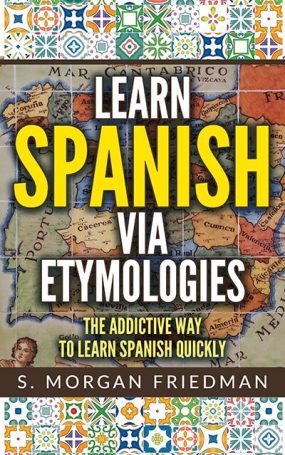The Spanish flojo means “slack, loose” — but it is a very common word in Spanish, often used to mean “relaxed” in a negative way, in senses like, “They cut themselves some slack.”
Flojo comes from the Latin fluxus, meaning the same as the Spanish. From fluxus, we get a bunch of English words, including: fluent, fluid, fluctuate and even (via fluent) affluent and influence. We also get the more fun flush and the most obvious flux (as in, “to be in flux.”) All of these can be understood in the sense that, that which is loose flows — and all of these words flow in one way or another: liquids are fluid, you speak fluently, flushing water flows, money flows if you are affluent, etc.
The -x- in the original Latin tended to disappear in English (hence leaving the vowels before and after, as in fluent or fluid) or became a -sh- sound. This is an example of the common pattern of the -sh- sounds mapping to the throat-clearing -j- in Spanish, with the fl-sh of flush mapping to the fl-j of flojo.



